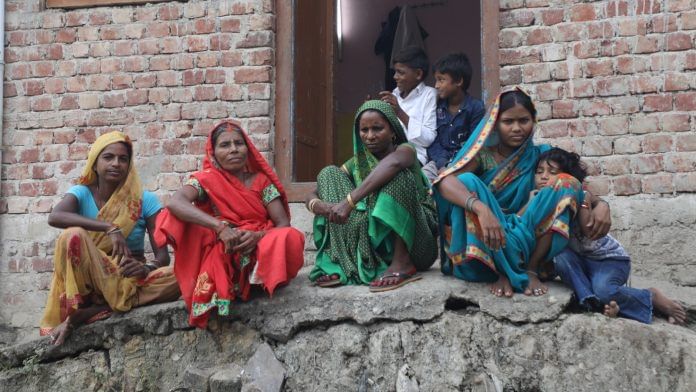Nalanda/Patna: Outside her one-room kutcha house in Bihar’s Nalanda district, 50-year-old Champa Devi sits on the ground, shaping mud utensils on an old stone chak — a traditional wheel used to mould clay. For more than 30 years, this has been her daily routine. But for the past 10 days, she has been waiting eagerly for a new iron chak — one she believes will double her output and ease her work.
Champa Devi is one of one crore women in Bihar who have received Rs 10,000 from the state government under the Jeevika Mission. The scheme, aimed at strengthening women’s financial independence, is also an attempt to reinforce Chief Minister Nitish Kumar’s focus on women voters, just weeks before the Bihar Assembly election. Under the Mahila Rojgar Yojana, the state will track how women spend the money and whether they use it successfully to qualify for the next instalment in six months.
Champa Devi used the money to order an iron chak online.
“I had never spent this much on my small business,” she said, her hands coated in clay. “I sell one big utensil for Rs 100, but it takes hours to make them. With a lohe ka chak, my work will become easier and I can make twice as many.”
As she hammered the edge of a half-dried pot with her thin right hand, her face lit up while talking about the Rs 10,000 she had received.
“I got the money on 6 October. It wasn’t easy to keep it safe. My children and husband wanted to use it for other things, but I was firm — this was for my work,” she added.
Like West Bengal, Jharkhand, Madhya Pradesh and Delhi, Bihar too has rolled out a direct cash assistance programme targeting women. For Nitish Kumar, this constituency has always been crucial — from the liquor ban to reserving 35 percent of government jobs for women, and now transferring Rs 10,000 each to one crore Jeevika didis out of 1.25 crore members. Women make up nearly half of Bihar’s electorate, making them central to any political strategy.
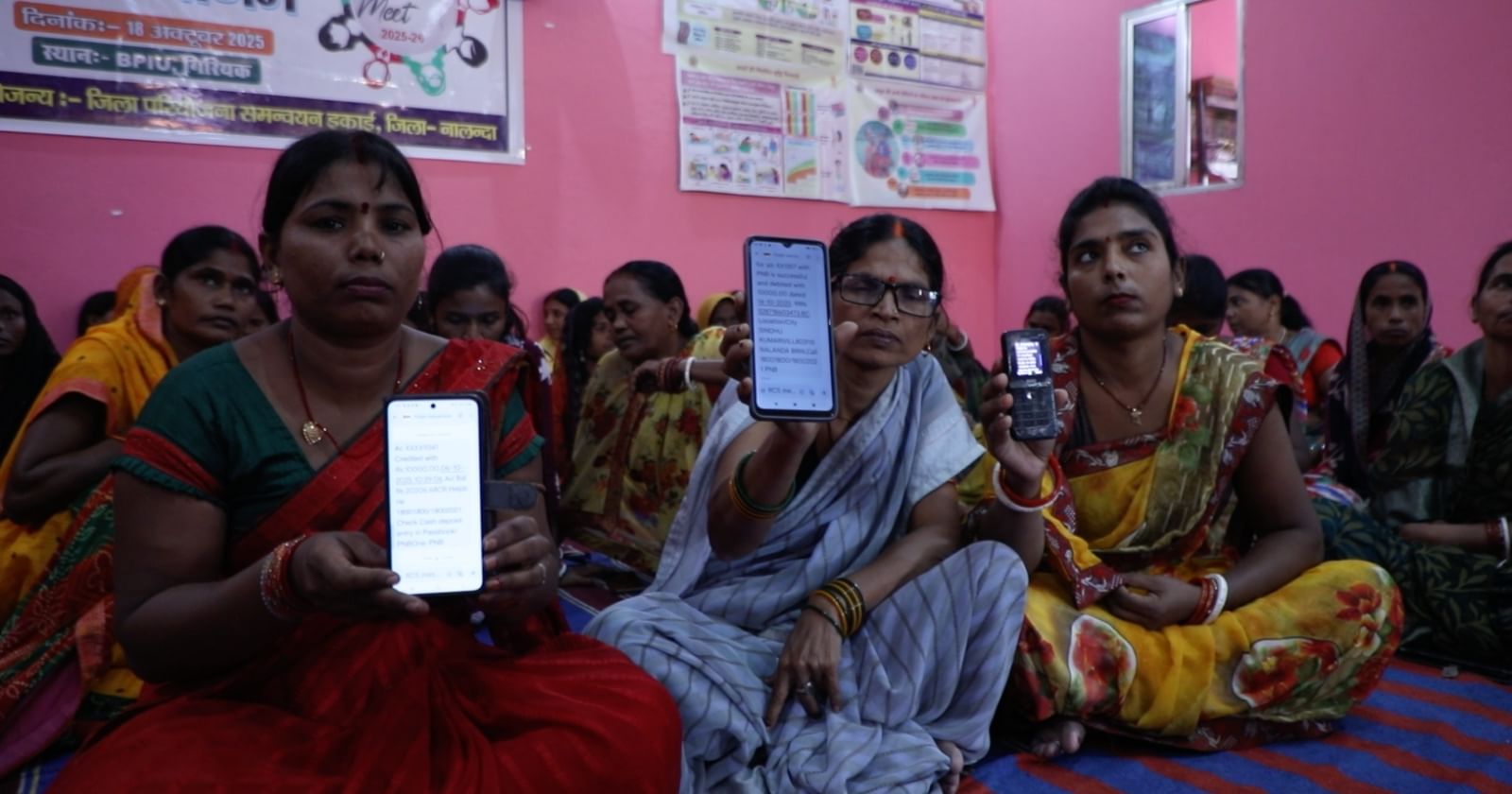
Economists and women’s collective members say one-time financial assistance can provide short relief, but without access to markets, training and credit, such schemes rarely lead to sustained income generation.
“These Rs 10,000 transfers may generate some demand in the market and could help improve the consumption basket. However, there is little transparency in the process. While putting cash in the hands of the poor can boost short-term demand — especially when the economy is struggling with a demand crisis — it is unlikely to create significant employment,” said Sanjay Sachin, professor of economics at Patna University.
“It would be better if the disbursement were directed toward targeted investments. In the current scheme, there is no guarantee that the money will be used for productive activities,” he added.
Across districts, women are using the money in different ways — buying goats, pigs, juice carts, sewing machines or investing in small businesses they already run. Some, however, have chosen to spend it on their children’s education, buying small pieces of gold, or keeping it aside for emergencies.
It would be better if the disbursement were directed toward targeted investments. In the current scheme, there is no guarantee that the money will be used for productive activities — Sanjay Sachin, professor of economics at Patna University
“This is just the first installment,” said Anuradha, who works with the Jeevika Mission in Nalanda. “We will soon study how the didis are spending the money — what kind of work they’ve started and how it’s growing. Based on that, the list for the second installment will be prepared. We don’t know the exact amount yet, but it will be higher than Rs 10,000.”
The government’s stated intention is to reach every household in Bihar through the scheme. Those who successfully invest the initial amount and and earn profits could receive up to Rs 2 lakh in subsequent support.
“We intend to cover, under this scheme, one woman from every family in the state. More beneficiaries will get Rs 10,000 in their accounts on October 6… Disbursement of the money will, thereafter, continue on a weekly basis till no woman is left out. Those women whose enterprise reports success will get additional benefits of up to Rs 2 lakh,” said CM Kumar while launching the scheme.
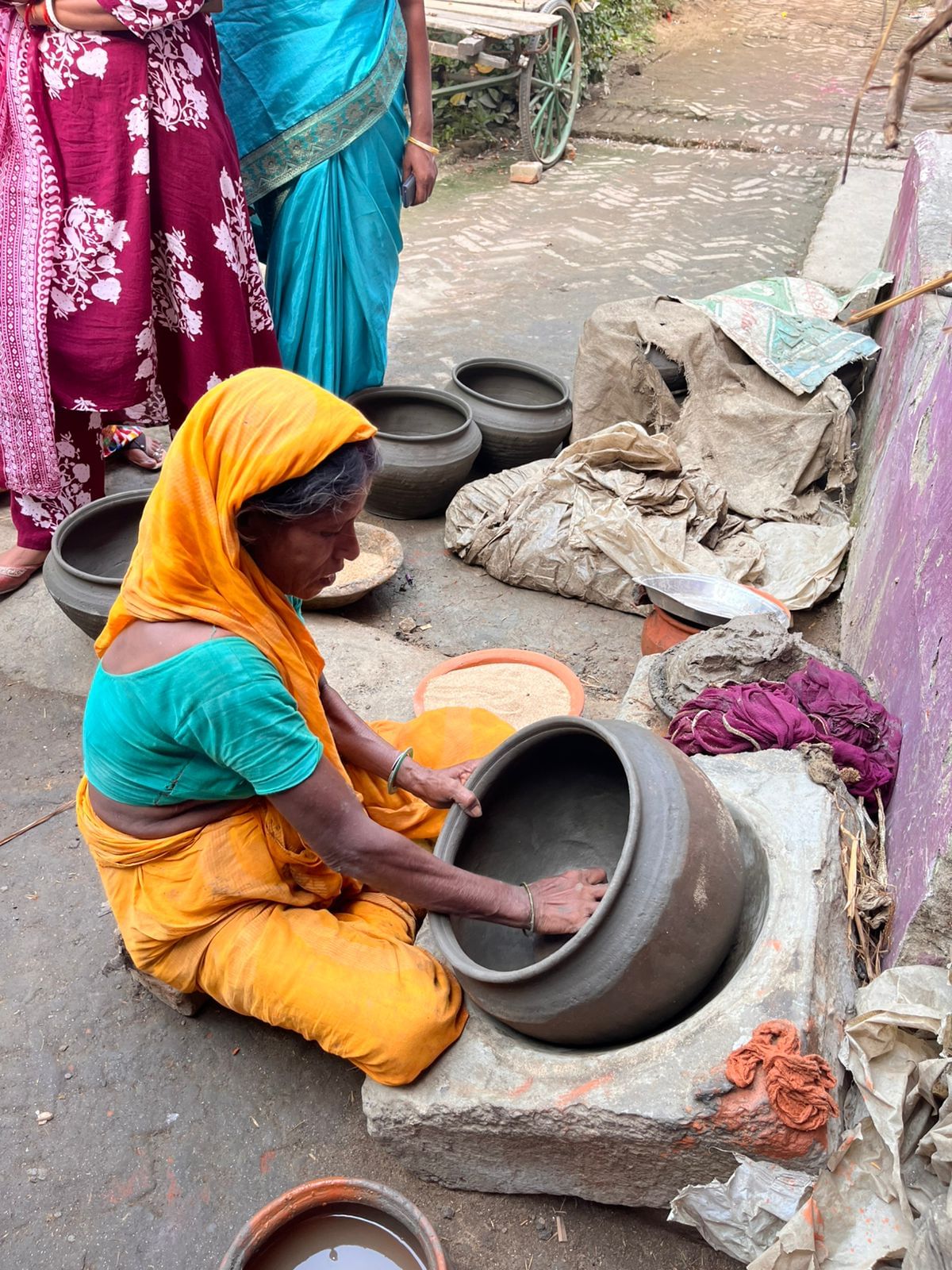
Small investment and big dreams
Every morning after the government announced the cash transfer, 30-year-old Aditi Suman would check her phone. Then, on 6 October, at 10:30 am, she finally received a message from the bank — Rs 10,000 had been credited to her account. She had been saving for two years to buy a cow, and with this money, she finally did.
“The money helped me buy a cow. I will recover the cost in just four months, as the cow will give me 8 litres of milk every day, and milk sells for Rs 40 a litre. After four months, I will start making a profit,” said Suman.
Like her, Geeta Kumari wasn’t able to start anything new with Rs 10,000, but she already had a footwear business and invested the money in that.
“I used to sell slippers for older people. Now, with this money, I have added children’s shoes as well. Their demand was there in our local market, but I never had the money to invest. Now I do, and I am sure I will make a profit,” said Kumari.
I used to sell slippers for older people. Now, with this money, I have added children’s shoes as well. Their demand was there in our local market, but I never had the money to invest. Now I do, and I am sure I will make a profit
Anita Devi is a 50-year-old widow who runs a small beauty parlour and cosmetic shop. She heard about this scheme from a customer and registered with the Jeevika Mission. A single mother of three, she had never received any help before.
“I bought bangles and beauty creams. My husband died in 2005 in an accident, and no one in the family helped me. This is the first instalment of help that I have received, and I am looking forward to the second instalment,” said Anita.
But she added that Rs 10,000 is too little to start a business.
“Rs 10,000 is nothing. What will you do with Rs 10,000? I had an established business, so I got a small help from this. But starting a new business is very difficult with this small amount,” she said.
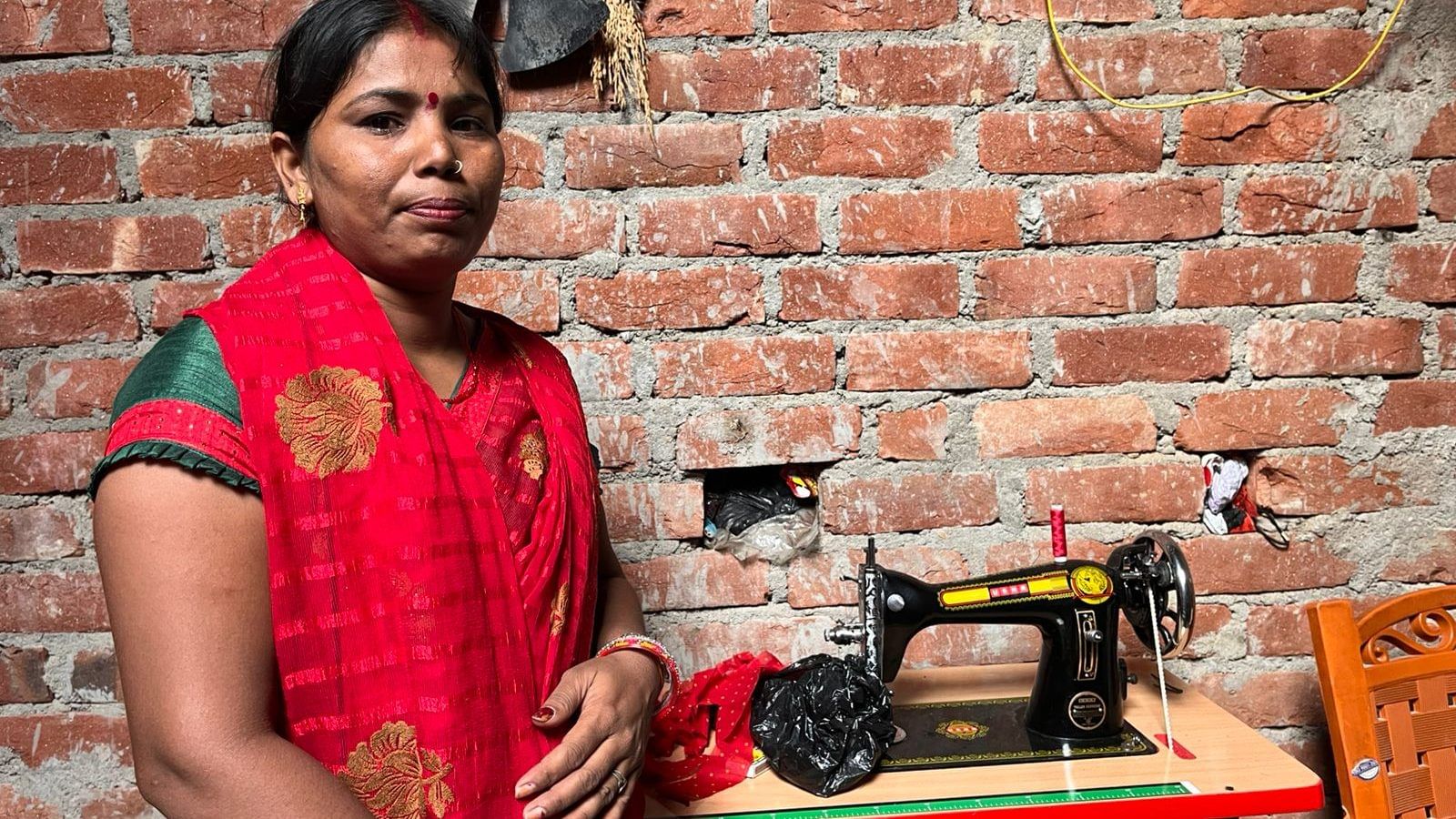
For Mamta Kumari, though, the Rs 10,000 came like light in the darkness. Once a homemaker, she now earns by stitching villagers’ clothes. The day after receiving the money, she bought a sewing machine and began taking orders.
“I have five or six orders right now and have earned Rs 1,000 in the last 20 days. If I get the second instalment, I would like to open a small shop in the market. I will get more orders there,” said Kumari, stitching a red blouse on her new machine.
I have five or six orders right now and have earned Rs 1,000 in the last 20 days. If I get the second instalment, I would like to open a small shop in the market. I will get more orders there
Kumari wants to use her earnings for her children’s education. Currently, they attend a government school in Hindi medium.
“What my husband earns goes into daily expenses. I will spend my income on getting my children admitted to an English-medium school next year, so they can get good quality education and better jobs in the future,” said Kumari.
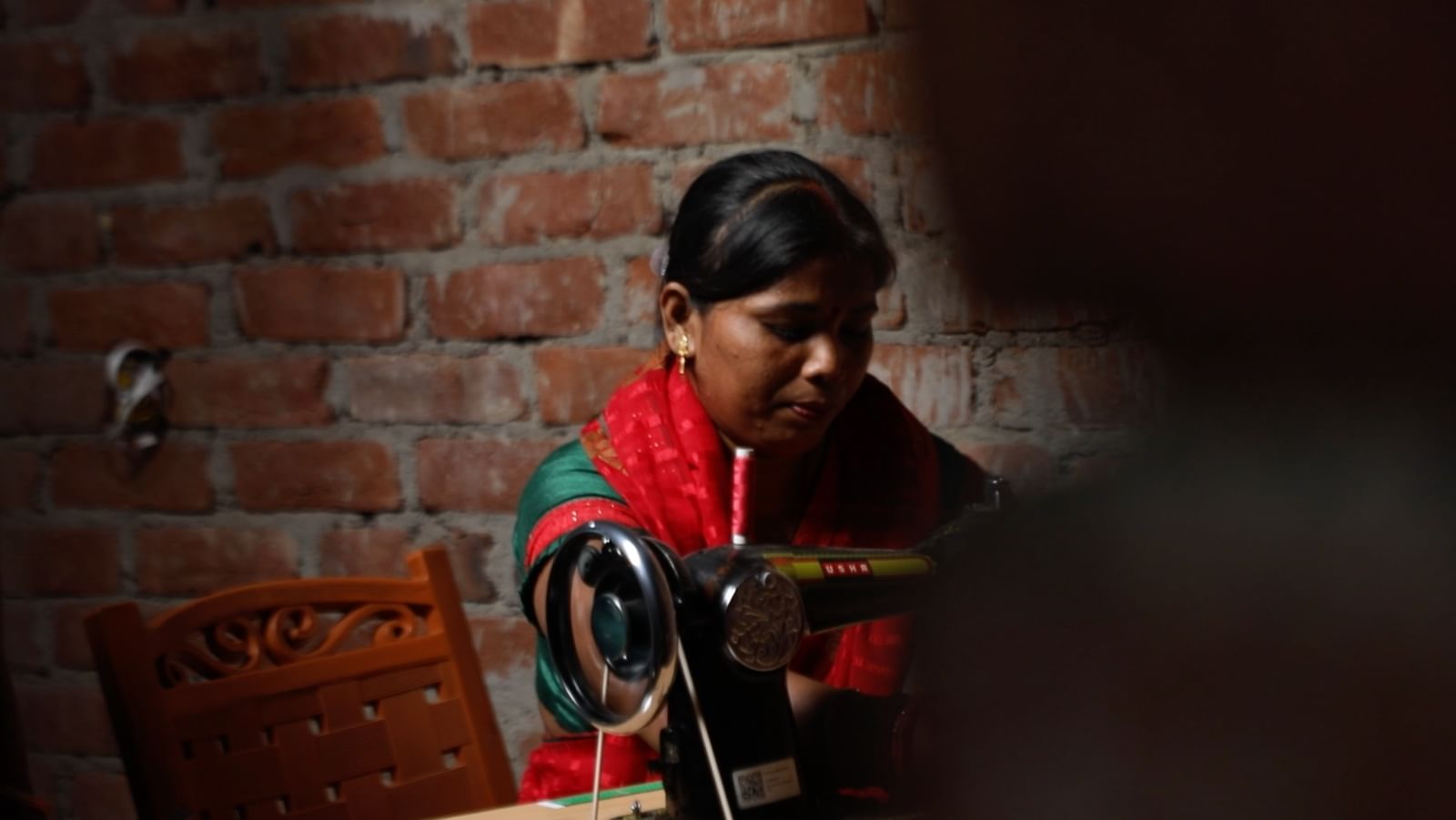
As she spoke, 60-year-old Kanta Devi, standing in the corner, interrupted angrily and started cursing Nitish Kumar. She has been associated with the Jeevika Mission for the last seven years, but didn’t receive any amount.
“There are people who just joined the mission, and some of them joined only for this money. We have been here for so many years and didn’t get anything. I want to buy a buffalo. I am an old woman who wants to do something, but I didn’t receive the money,” said Kanta Devi, who lives in Nalanda’s Parampuri.
We have been here for so many years and didn’t get anything. I want to buy a buffalo. I am an old woman who wants to do something, but I didn’t receive the money
Tuition fees, jewellery shopping
In Bihar, every district has Jeevika didis who are associated with the mission. But not all spent the money on business. Some are only registered and living in Delhi, and some who got the money spent it on personal needs.
“I used Rs 10,000 to buy gold earrings. This is an investment too. I thought a lot before spending this money. There wasn’t much I could do with it, so this seemed a better option.”
Like her, Bimla Devi also didn’t start any business, but used the money to pay off her children’s tuition fees pending for the last three months.
“My husband was hit by a bike and broke his leg and has been bedridden. I will use the remaining money for household expenses. I really needed that money,” she said.
I used Rs 10,000 to buy gold earrings. This is an investment too. I thought a lot before spending this money. There wasn’t much I could do with it, so this seemed a better option
Economists warn that the scheme may not align with Jeevika’s original goals.
“Many are registering with Jeevika just to access funds. At Saras fairs, only handicraft products show any visible results. Many recipients are simply receiving the money without engaging in productive work. There is no long-term economic impact of this Rs 10,000,” said Sanjay Kumar, assistant professor of economics at Patna University.
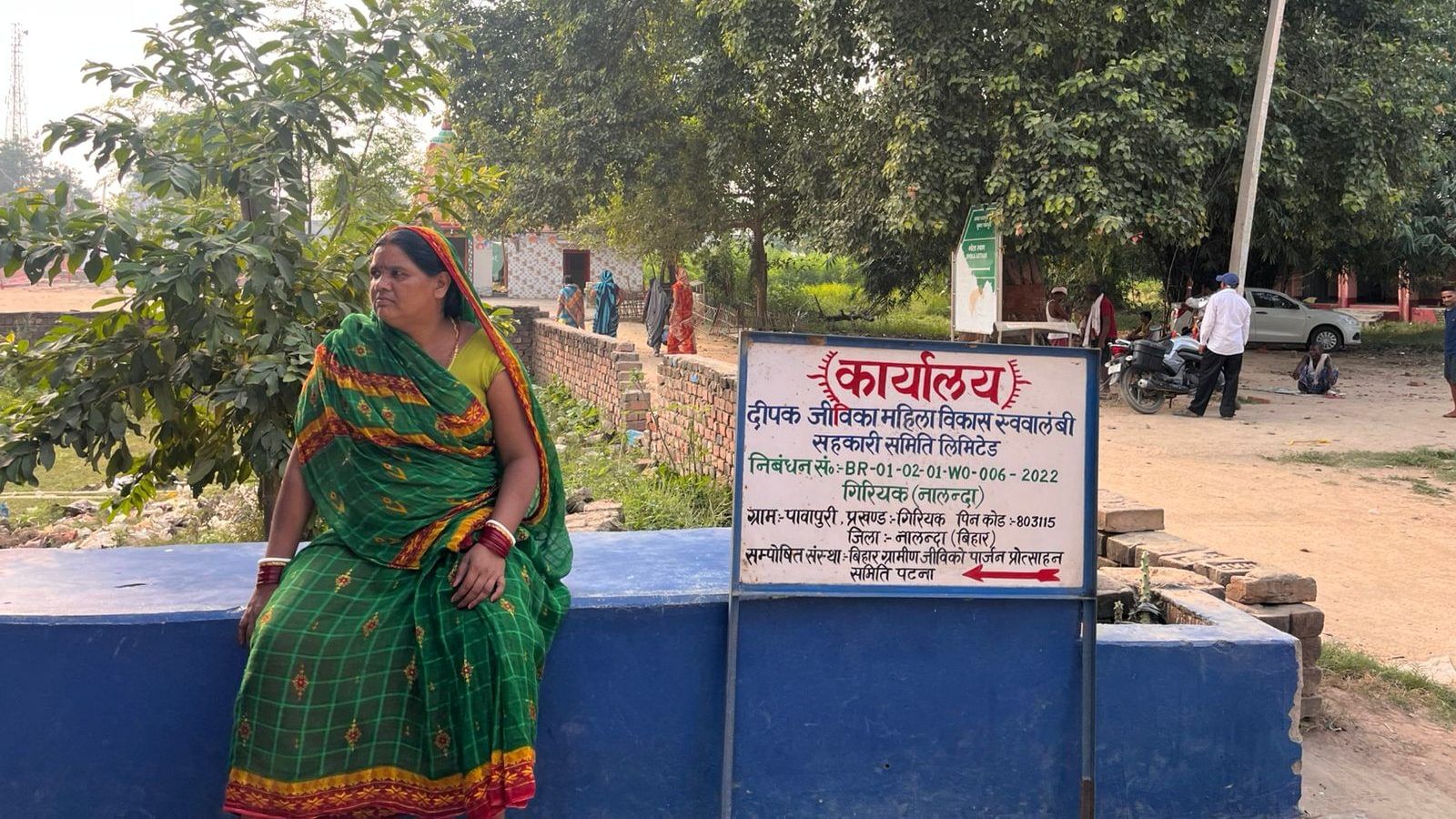
The timing of the transfers, just months before the 2025 election, has also drawn political attention. Opposition leaders are calling this “election optics” and questioning if the money will actually reach all women or remain limited to Jeevika groups.
“Now that elections are round the corner, Rs 10,000 is being offered by the government. But take note, they are not promising that the dole will continue every month,” said Priyanka Gandhi Vadra.
“Women have the capacity to sense people’s true intentions (neeyat). They make use of this faculty while looking for a match for their daughters. You must, similarly, realise the true intentions of Modi, Shah and Nitish,” she added.
Many are registering with Jeevika just to access funds. At Saras fairs, only handicraft products show any visible results. Many recipients are simply receiving the money without engaging in productive work. There is no long-term economic impact of this Rs 10,000 — Sanjay Kumar, assistant professor of economics at Patna University
On the ground in Nalanda, the Rs 10,000 transfer looks more symbolic than transformative. At the houses of several Jeevika didis, the money has bought small tools, goats, or a single machine — enough to ease work but hardly enough to start a sustainable business. Pictures from their homes show modest gains: a goat tethered outside a hut, a small mud wheel for pottery, a sewing machine in a corner. While the cash helps, experts and villagers say it cannot replace long-term credit, training, or market access.
“Cost efficiencies in online delivery, now available even in rural areas, have made it difficult for small enterprises like tailoring units and petty shops to compete. Yet, these are the kinds of ventures most women (didis) are likely to invest in. Therefore, in the long term, it is hard to say whether the scheme will bring substantial benefit,” said Sanjay Sachin.
Back in Nalanda, the small amount from the government has sparked hope, however modest. Champa Devi, who is waiting for her new iron chak sees this as the bright future for her upcoming generation.
“This Rs 10,000 can’t buy a future, but it can start one. If the second installment comes, maybe I can hire my son to help me. Then, one day, my grandchildren won’t have to wait for a tool to make their first pot.”
(Edited by Prashant)



